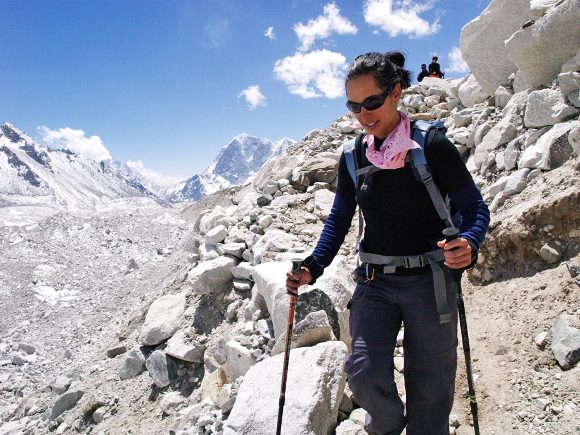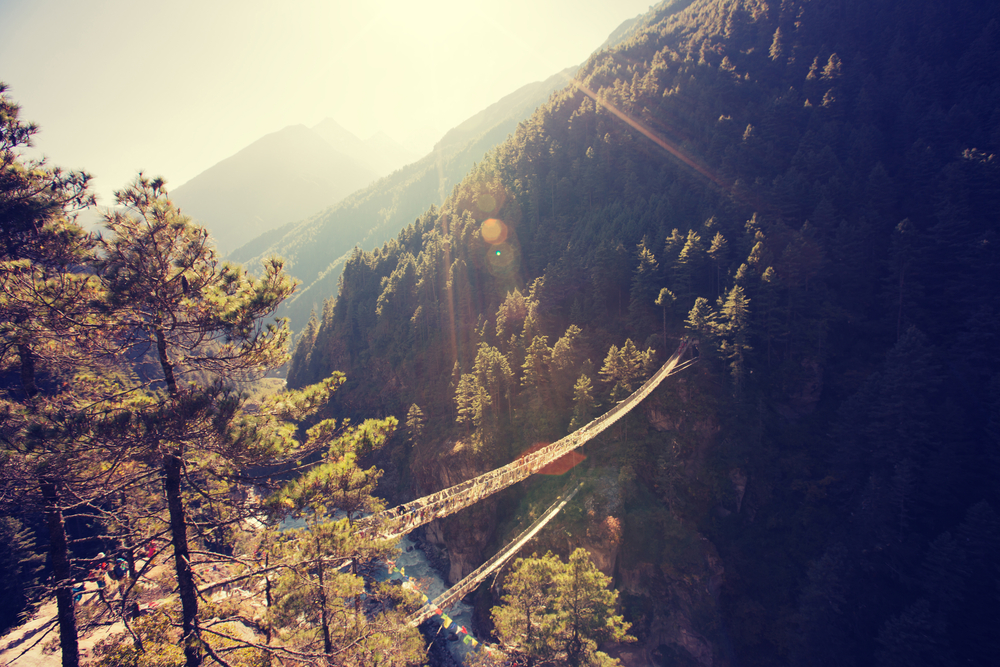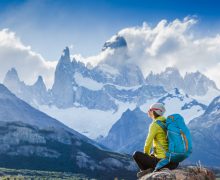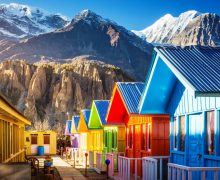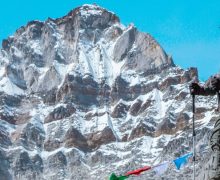The trails on your trek will vary but typically they are well marked and maintained. Along the way you will encounter local people, donkeys and yaks as the animals are using to carry supplies to and from their village. In the busy season, many other trekkers will be on the trail. The trails can be very dusty, and it is a good idea to have a mask, Buff or bandana to cover your nose and mouth.
Technical skills are not required unless you are climbing a peak. However, trekkers should be prepared to walk on dirt, loose gravel, rocks, snow and even ice. Depending on the trek you choose, there will be some steep climbs and descents on loose rock. Also there may be some sections where you will need to scramble (on hands and feet). There will mountain traverses, and multiple river crossings over wooden bridges or steel suspension bridges that sway high above the valley. There are also sections of the trail where you will trek through moraine, which is mass of rocks and sediment carried down by a glacier.
Sections of the Manaslu Circuit are carved into the mountainside with steep, exposed drop-offs and the Island Peak is a strenuous trek that requires you to use crampons and a harness in order to cross the Imja glacier, an amazing experience.
